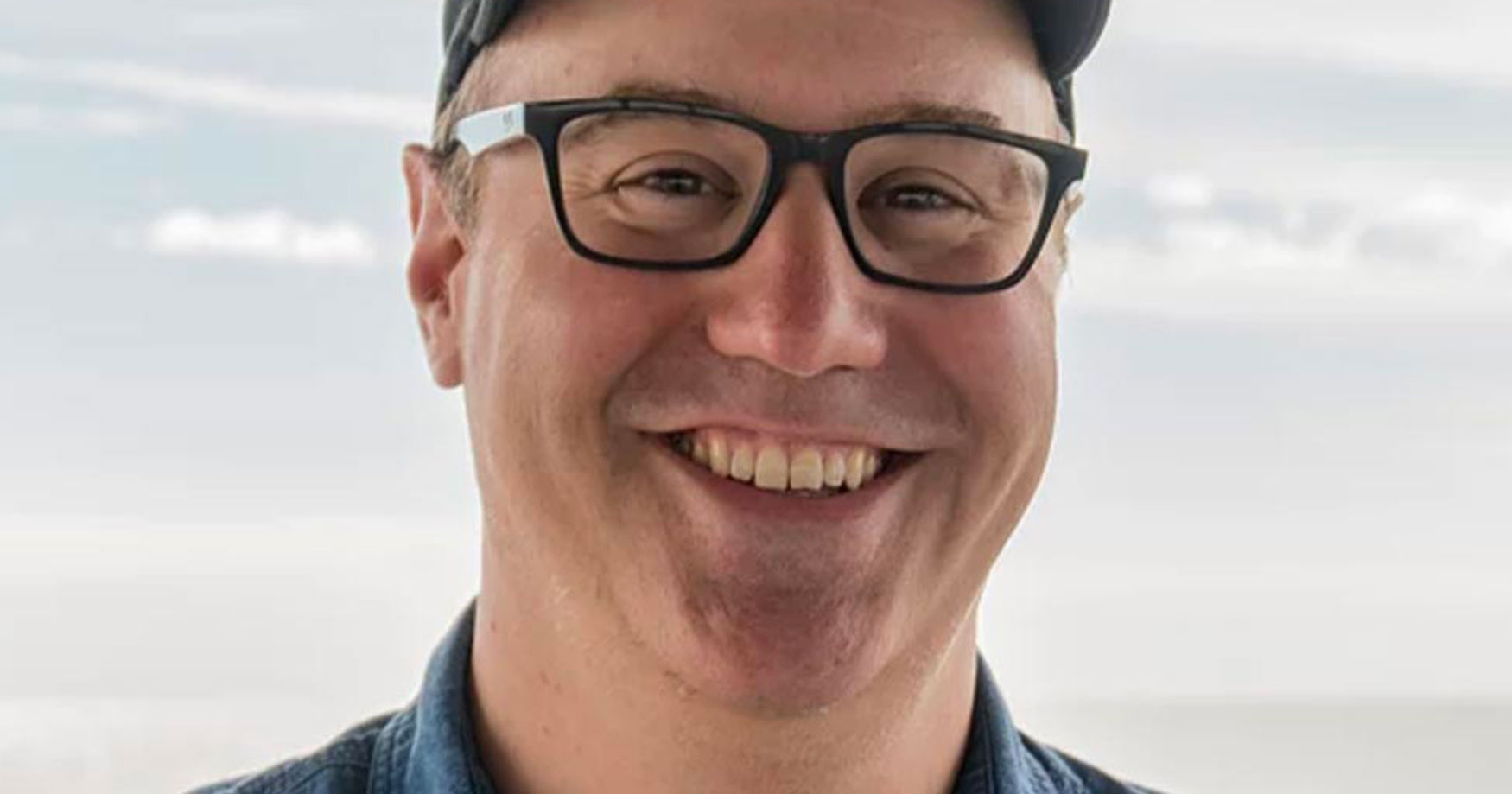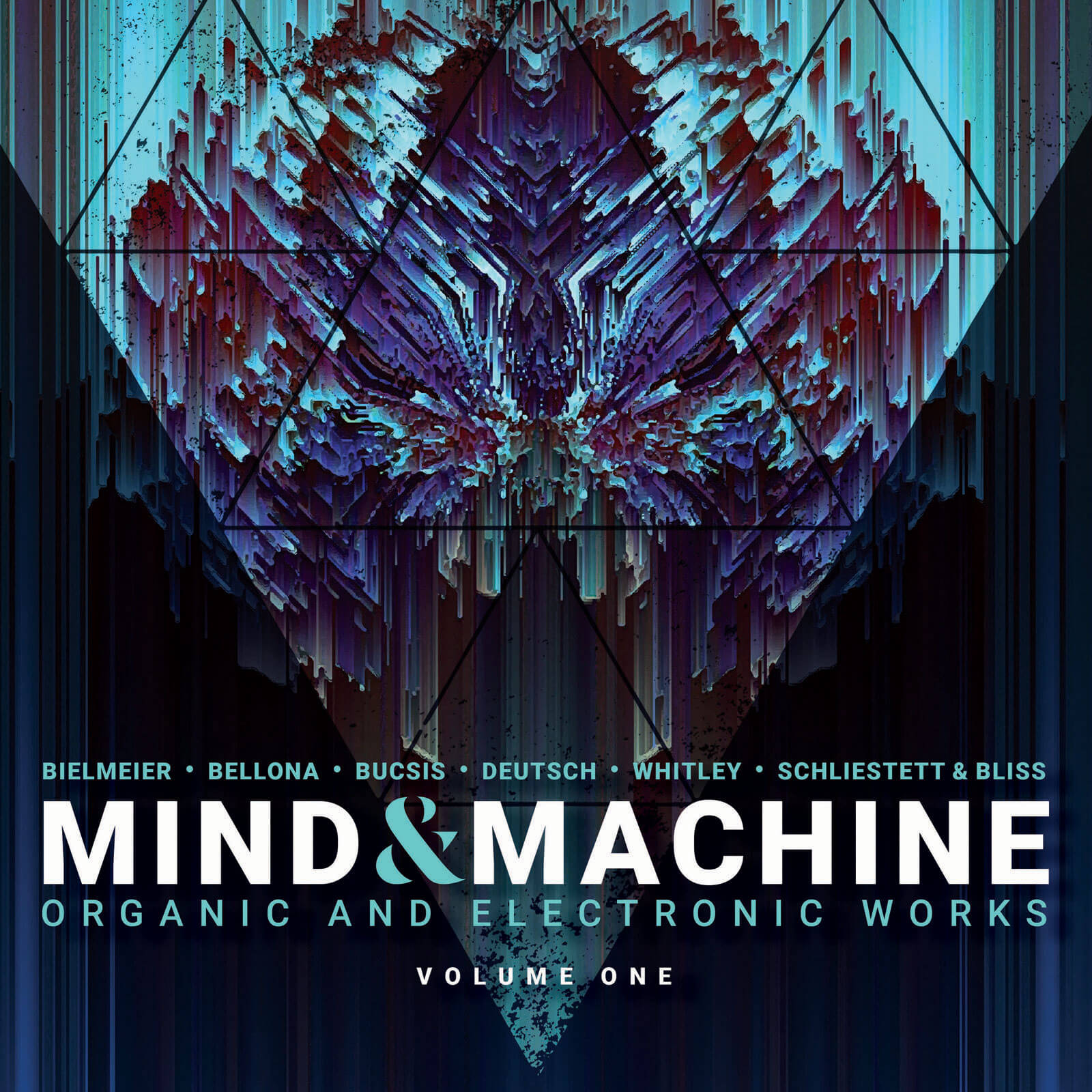
Doug Bielmeier creates commercial drone and experimental electronic music tailored for boutique audiences and media. His 2017 release of BETTY AND THE SENSORY WORLD on Ravello Records explores his technique of Windowing, which deals with the manipulation of found sound files by the stretching and compressing of time, sample rate, bit depth, and window size. The layering and temporal placement of these windows creates larger sonic landscapes for the creation of new musical works divorced of the source context. Bielmeier’s music has been described as “hypnotically static yet ever moving within itself” by Classical-Modern Music Review. The Midwest Record describes Bielmeier’s music as “drone work that’s meant to shake you out of your shell of complacency.”
Today, Doug is our featured artist in “The Inside Story,” a blog series exploring the inner workings and personalities of our artists. In this interview, discover Doug’s thoughts on an instrument which is the unlikely star in his electro-acoustic piece…
When did you realize that you wanted to be an artist?
I don’t think I woke up one day and said, “I want to be creative and will create from this day forth until the rapture.” I think being a creative person is a lifestyle: the process of creating intertwines with your daily schedule and becomes your ritual. I was a very creative child. Luckily, my parents supported my creativity and paid for piano, voice, and even composition lessons throughout my youth. I wasn’t allowed to watch a lot of TV, and my mother required that we read a particular number of books per month as well as keep a journal. I grew up learning that days were meant to be filled with “doing.” I’ve grown to embrace the creative process, deciding that the process itself is almost more important than the outcomes.
If you could do any job in the world and make a living at it, what would that be?
I really enjoy my life, which includes teaching Audio Recording and Production at Northeastern University, hosting The Process (a podcast about creativity and making music), working with modern classical and electronic artists, long bike rides, lots of coffee, and creating/producing/ performing music and video. A personal goal of mine is to shape my music for use in TV and film. I think it would be rewarding to have the music utilized beyond listening and performance. I’ve always loved film and cinema. Using my music to enhance a scene on the big screen is something I’d really enjoy. However, some days I do contemplate giving it all up and training to become a park ranger in the Pacific Northwest, but I think I need to write a movie score or two first.
If you could instantly have expertise performing one instrument, what instrument would that be?
The lap-steel guitar. I’m only half joking. I perform with a lap-steel on Costa Mesa Rocking Chair, but by no means am I a virtuosic performer. I’d love to be someday, because I love how the expressive sliding and glissandos, so indicative of its sound, allow me to bring the singing and expressive quality of the human voice into my music. Electronic and experimental music can be very abstract to listeners, and the lap-steel guitar acts as a liaison or ambassador for people to access sophisticated and abstract sonic landscapes.
What was your favorite musical moment on the album?
Costa Mesa Rocking Chair begins with these abstract sonic swells and fluttering lap-steel guitar lines. My favorite moment of the piece is about halfway through when these abstract clouds of electronics and processing give way to a lone lap-steel guitar line. This musical line is repeated and reveals itself as the “Cantus Firmus” for a part-by-part building of a rather rich harmonic and pseudo-canonic figure. The first part gives the listeners a chance to empty their minds and let their thoughts drift. The second half is the payoff.
What does this album mean to you personally?
The piece means as much and as little as anything. In one way, the piece is yet another experiment in the world of computer and electronic music and discovering how the lap-steel guitar fits into that world. In another way, one most meaningful, this piece is another indication that I’ve chosen to continue to create and maintain my process of life, growth, and expression.
Is there a specific feeling that you would like communicated to audiences in this work?
Costa Mesa Rocking Chair is driven by a feeling or a state of mind. Most music takes our hand and thrusts us into its world. The composer leads us through antecedent phrases to their consequent resolutions to convey musical rhetoric. Costa Mesa Rocking Chair is different. The piece sets up a landscape for the listener to sit in and explore in their own time and way. Upon first listening, you may focus the lap-steel guitar or perhaps the electronic swells and undulations of the computer part. Or maybe your mind just starts to drift and all the frustrations and excitement of your day are droned out. There are many avenues to listen to in this piece, and yet, there is nothing to figure out about this piece. Don’t overthink it. Just be in the moment and relax. What have you got to lose?

Doug Bielmeier creates commercial drone and experimental electronic music tailored for boutique audiences and media. His 2017 release of “Betty and the Sensory World” on Ravello Records explores his technique of Windowing, which deals with the manipulation of found sound files by the stretching and compression of time, sample rate, bit depth, and window size.

